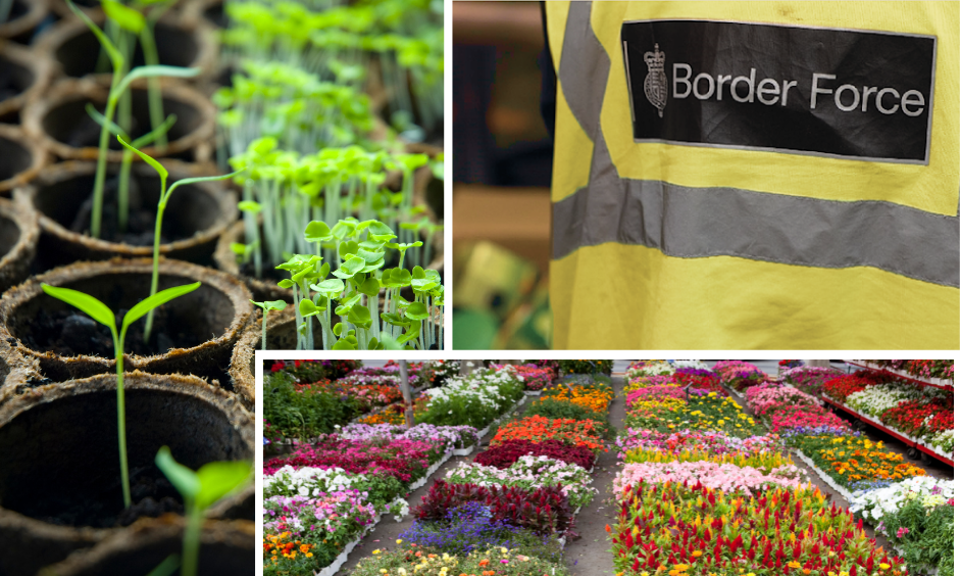Response to the draft Border Target Operating Model (TOM)

5 April 2023
The Horticultural Trades Association (HTA) and its members have long-awaited the publication of the Government’s draft Target Operating Model (TOM) describing our future border. The plans are intended to enable the horticultural sector to trade internationally and thrive while safeguarding biosecurity and plant health. HTA fully supports this ambition, with over 95% of our businesses importing some sort of plant product and long-standing global trading relationships.
The TOM published today lacks the concrete proposals that can give the sector confidence that will alleviate trade challenges and risks, particularly from the EU trade through ports on the east coast of Great Britain. HTA will continue to engage, including in the forthcoming six-week consultation period, to ensure sector needs are represented.
The sector has supported the development of a workable system of plant health checks at the ‘Place of Destination’, which has been adopted and running since January 2021. Despite this, the Government still intends to move plant health checks to Border Control Posts (BCPs) by January 2024. We call on the Government to ensure that these inspections work practically and cost-effectively to avoid imposing unnecessary bureaucracy and costs on our industry. We need certainty that commercial ports can handle plants and trees.
HTA welcomes the option of a proposed Authorised Operator Status (AOS) model with the potential to allow authorised and trusted businesses to inspect their own plant imports. However, barriers to access for horticultural businesses remain, and the AOS model will not be adopted widely. Pilots need to happen before BCPs are introduced, but with the tight timeframe, it is unlikely any business will achieve AOS status before BCPs are introduced.
We support £28.8bn in GDP as a sector and 764,00 jobs, and despite our weighty economic footprint, the majority of our industry is smaller businesses. Any change, extra administrative burdens, bureaucracy, and product handling risks impact these businesses hard. Helping reduce costs and burdens should be integral to a plan. Prioritising delivery of the IPAFFS IT system and e-Phyto for our sector to increase ease and efficiency is long sought and delayed. We also seek to understand if the proposed Common User Charge announced in the TOM at the Government-owned Inland Border facility in Sevington, Kent, will be adopted GB-wide.
Jennifer Pheasey, Director of Public Affairs at the HTA, said, “This draft version of the TOM is long-awaited, and we still need certainty and a full picture of what the future of the borders will mean for UK horticulture. Our priority is to deliver the seamless, swift and secure movement of plants and plant products. We will fully engage in the feedback period and urge the government to prioritise the needs of our sector, the first sector to experience checks following the UK leaving EU membership. We also need to ensure the TOM aligns with other legislation, such as the Windsor Framework, and enables the horticultural sector to flourish and deliver on our ambitions for growth.”
More Information
Draft Border Target Operation Model
Defra - What does the Border Target Operating Model mean for plants?

